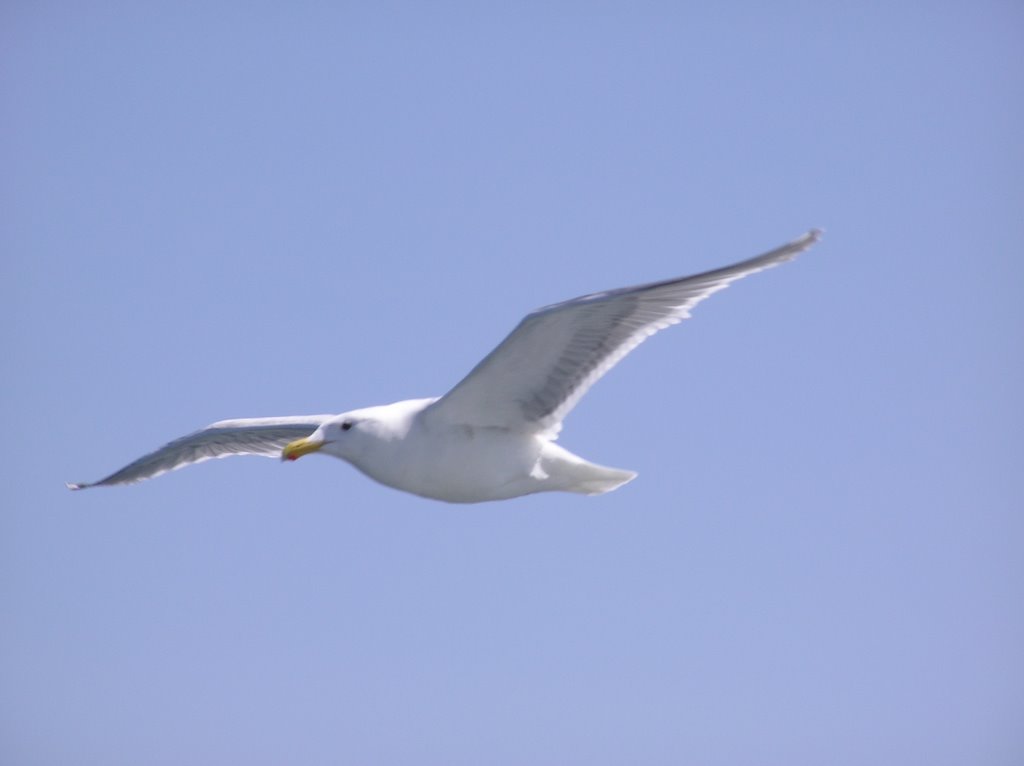Dinner, Anyone?
 Echinoderms have been compared to living, moving castles. Castles are made of interlocking blocks, with a single main entrance and numerous slit windows for air and for defense. Echinoderm skeletons are made up of interlocking calcium carbonate plates and spines. This skeleton is enclosed by the epidermis and is thus an endoskeleton. In some, such as sea urchins, the plates fit together tightly. In others, such as starfish, the plates are more loosely bound, and in sea cucumbers the plates are usually microscopic. But whatever their shape, the plates of echinoderms have a very typical microstructure: electron microscopy reveals them to be, not solid blocks, but fine networks of calcium carbonate forming a structure known as stereom. Each skeletal element of an echinoderm is actually a single crystal of calcium carbonate, very finely branched and structured.
Echinoderms have been compared to living, moving castles. Castles are made of interlocking blocks, with a single main entrance and numerous slit windows for air and for defense. Echinoderm skeletons are made up of interlocking calcium carbonate plates and spines. This skeleton is enclosed by the epidermis and is thus an endoskeleton. In some, such as sea urchins, the plates fit together tightly. In others, such as starfish, the plates are more loosely bound, and in sea cucumbers the plates are usually microscopic. But whatever their shape, the plates of echinoderms have a very typical microstructure: electron microscopy reveals them to be, not solid blocks, but fine networks of calcium carbonate forming a structure known as stereom. Each skeletal element of an echinoderm is actually a single crystal of calcium carbonate, very finely branched and structured.Between the skeletal plates, a number of special structures protrude, with which the echinoderm breathes, moves, and defends itself. Typically, these are tube feet, pedicellaria, and gills. All echinoderms have a water-vascular system, a set of water-filled canals branching from a ring canal that encircles the gut. The canals lead to podia, or tube feet, which are sucker-like appendages that the echinoderm can use to move, grip the substrate, or manipulate objects. These tube feet are extended and retracted by hydraulic pressure in the water-vascular system. Pedicellaria are small, snapper-like skeletal elements that are used by the echinoderm to keep small organisms from settling on its body.
Echinoderms also have a spacious coelom (an open, fluid-filled body cavity lined with tissue), large gonads, and (usually) a complete gut. Many starfish have the peculiar ability to feed by turning the stomach inside out through the mouth; sea urchins scrape algae from rocks with five large teeth arranged in a structure known as "Aristotle's lantern." Echinoderms (except holothurians) generally lack respiratory systems, and many have only rudimentary circulatory systems; the water-vascular system takes over some of the functions of these systems. Nervous and sensory systems are generally poorly developed in echinoderms.


0 Comments:
Post a Comment
<< Home